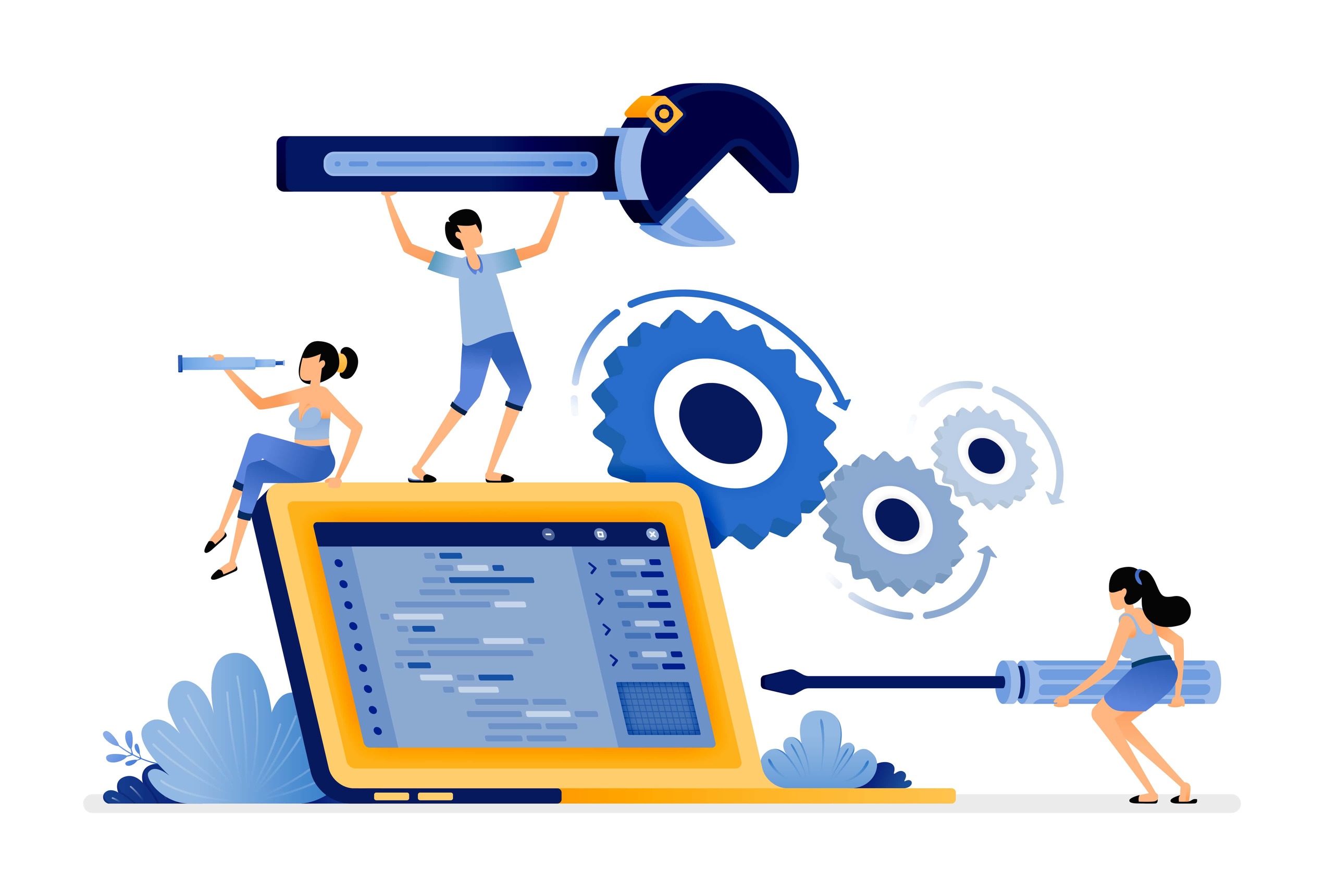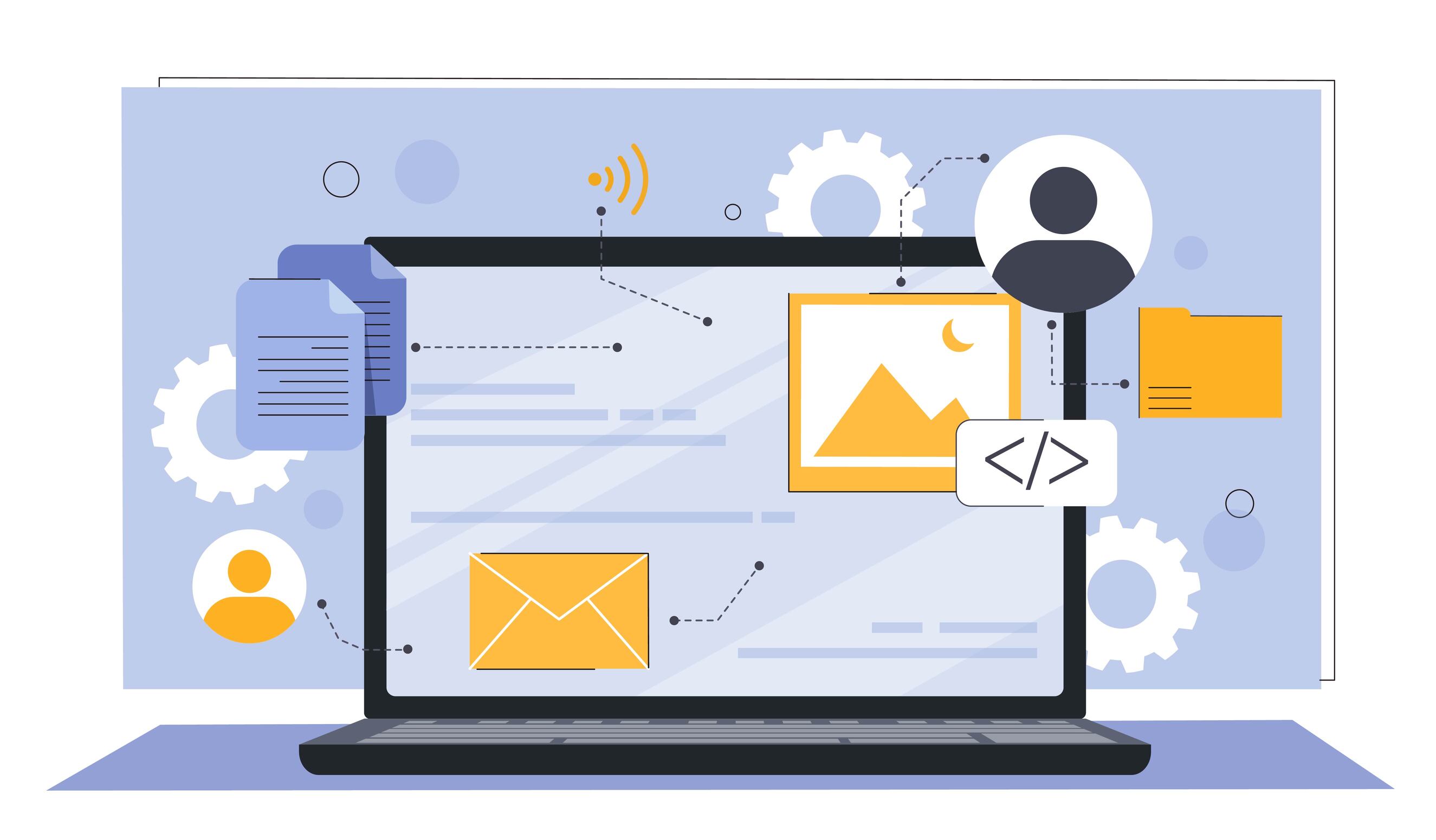Why is Training Development Necessary in an Organization?
Corporate portal

 534
534 
Training Development in an Organization
Quality training development in an organization is a powerful tool for achieving business goals, improving employee performance, and strengthening their sense of belonging and motivation. Proper training significantly contributes to the development of the organization, both professionally and humanly.
The Importance of Training Development in an Organization:
- Performance Improvement: Training provides employees with the knowledge, tools, and skills necessary to perform their jobs more efficiently and meticulously, enhancing outputs and the quality of results.
- Increased Motivation Level: Employees who receive professional training and support feel more valued and professional, which contributes to increased morale, satisfaction, and motivation.
- Improved Communication: Effective training enhances the ability to communicate between employees and management, contributes to effective teamwork, and reduces friction and conflicts.
- Promotion of Innovation: Training enables employees to become familiar with new technologies, innovative approaches, and creative solutions, encouraging out-of-the-box thinking and the development of new ideas.
- Training New Employees: Professional and tailored training assists in the onboarding of new employees, contributing to their rapid integration into the organization and the acquisition of the skills required for their roles.
- Improving the Organization’s Image: An organization that values training and the development of its employees is perceived as professional, reliable, and advanced, contributing to the attraction of quality employees and strengthening its image in the market.
Main Stages in Training Development in an Organization:
1. Needs Analysis:
- Identifying knowledge and skill gaps among employees
- Examining business goals and roles within the organization
- Collecting data from feedback, surveys, and interviews with employees and managers
2. Defining Goals:
- Setting clear and measurable training objectives
- Focusing on desired outcomes and performance improvement
3. Designing a Training Program:
- Selecting relevant topics and content
- Choosing appropriate teaching methods (lectures, workshops, simulations, online learning)
- Developing a detailed work plan
4. Selecting Instructors:
- Identifying and training experienced and professional instructors
- Matching instructors to the target audience and the training topic
5. Implementing the Training:
- Creating a pleasant and stimulating learning environment
- Using diverse teaching techniques
- Providing opportunities for employees to actively participate
6. Evaluation and Measurement:
- Collecting feedback from employees
- Assessing the achievement of defined targets
- Measuring the impact of training on performance
Tips for Effective Training Development:
- Focus on the Target Audience: Tailor content, teaching methods, and the level of difficulty to the needs and characteristics of the employees.
- Use Diverse Teaching Methods: Combine lectures, workshops, remote learning, simulations, and more.
- Create an Engaging Learning Environment: Encourage questions, discussions, and collaborative work.
- Use New Technologies: Online learning, videos, apps, and more can make training more interesting and accessible.
Examples of Using an Organizational Portal as Part of Training Development:
- Online Knowledge Library: Developing an online knowledge repository in the organizational portal allows employees easy access to training content at any time. This knowledge library can include documents, videos, presentations, online training manuals (eLearning modules), and more.
- Self-paced Learning: Organizational portal allows for the development of training content for self-paced learning. This way, employees can learn at their own time and pace, according to their personal needs.
- Online Workshops (Webinars): Online workshops (Webinars) can be conducted via the organizational portal, allowing remote participation from employees across all company branches or offices located in the country and abroad.
- Online Tests: Assessments and examinations of acquired knowledge from training can be conducted through online tests on the portal.
- Forums and Discussion Groups: The portal can serve as a platform for discussion, question-asking, and the creation of a learning community among employees.
Benefits of Using an Organizational Portal for Training Development:
- Availability: Convenient access to training content anytime and anywhere.
- Flexibility: Allows for self-paced learning at an individual pace.
- Cost Savings: Reduces the need for expensive in-person training sessions.
- Timeliness: Easy to update and change content regularly.
- Interactivity: Facilitates collaboration and discussion among employees.
- Measurement: Easy tracking of employee participation in training.
In Summary:
Quality training development and smart use of the organizational portal are important tools for empowering employees, improving organizational performance, and creating a professional and advanced work environment. Through proper planning, adapting to needs, and implementing diverse teaching methods, training can become an integral part of the organizational culture and a leverage for growth and success.






